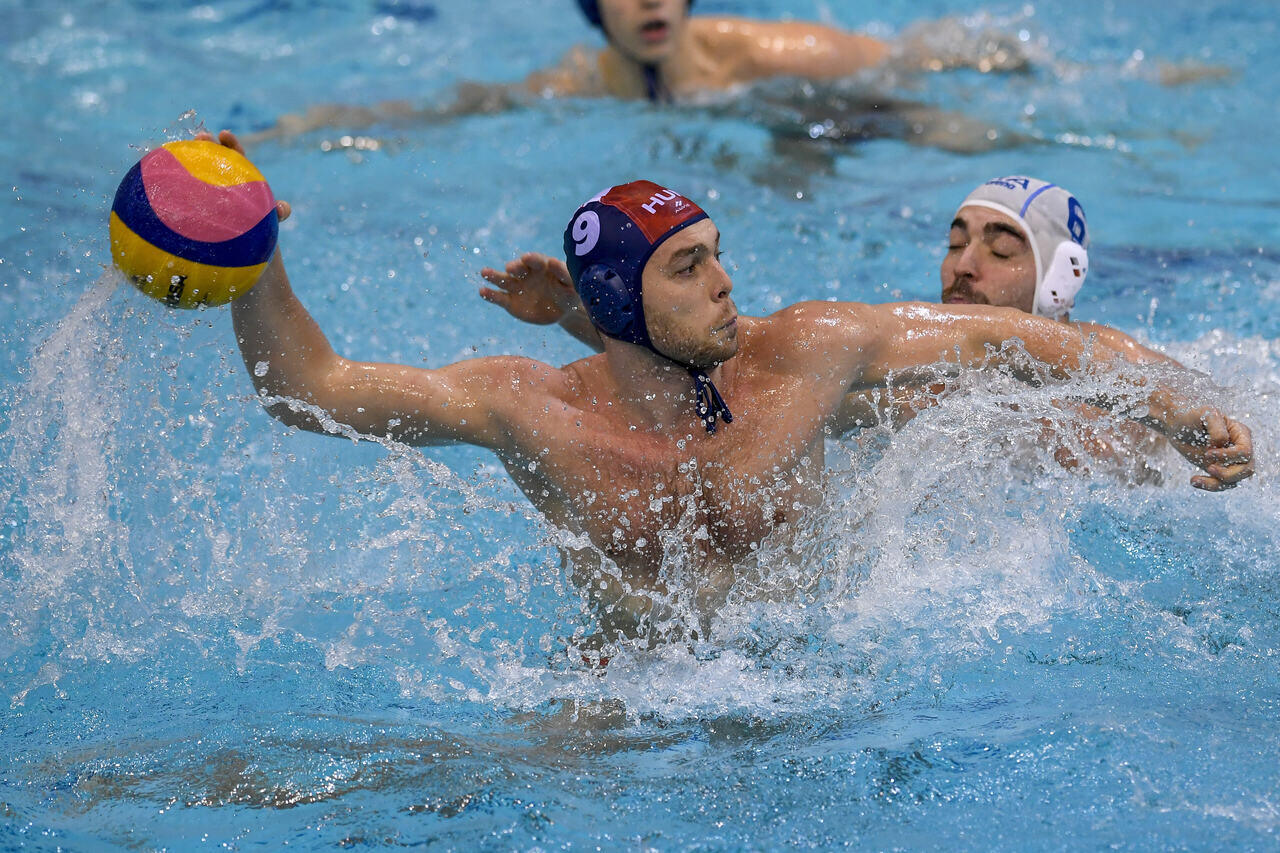We Hungarians are at the forefront of many things. Every foreigner remembers something about Hungary: special dishes, fascinating landscapes, interesting language, beautiful women, Ferenc Puskás, the Rubik’s Cube, Albert Szent-Györgyi, or János Neumann. However, there are a lot of other things in which Hungarians are among the best. In our list below, we have compiled these more or less obvious areas.
1. Mineral and thermal water
Hungary’s geographical location is advantageous in many ways. These include mineral waters and healing thermal waters from springs and deep wells. In terms of surface thermal water resources, only Iceland is ahead of us. Budapest is the capital with the most thermal and medicinal water springs in the world. There are 118 thermal wells in Budapest, and there are 224 different mineral waters in Hungary, of which 207 are medicinal waters. Hévíz has the second-largest thermal lake in the world. This feature is good for Hungarian tourism. Approximately 23-24 million visitors arrive for this purpose every year.

2. Olympic medals
Hungary does not have the most Olympic gold medals or total medals, and we only recently celebrated our first victory at the Winter Olympics. However, if we examine the Summer Olympic gold medals and total medals obtained in proportion to the population, we can see that Hungary is among the best on the list. During the 26 Summer Olympic Games, Hungarian athletes won nearly 500, or more precisely, 491 medals, and 175 of the medals were awarded on the top step of the podium.
3. Water sports
From these medals, the athletes’ successes, as well as the geographical features of Hungary, we can deduce that many of these medals were won in water sports. In terms of canoeing, Hungary has 80 Olympic medals, which is the most, while 25 gold medals is the third after Germany and the Soviet Union.
The Hungarian water polo team also contributed to the success. The men’s national team won 9 times at the Olympics, succeeding 3 times in a row between 2000 and 2008. They can also be proud of a number of World Cup, World Championship, European Cup, and European Championship victories.

Last but not least, our swimmers also achieve great results. Tamás Darnyi, Krisztina Egerszegi, Dániel Gyurta, Lászlós Cseh, and Katinka Hosszú have also achieved many successes in various competitions in the history of the Olympics, as well as other world and continental competitions.
4. Nobel Prize
We are not only outstanding in terms of sports performance but also in the sciences. Representing Hungary, 13 people won the Nobel Prize, including Imre Kertész in 2002 in the Literature category and Albert Szent-Györgyi in 1937 in the Medicine category. These 13 awards may not be the most impressive; however, if we consider that the award is not for just one person but is projected to the population of the country, Hungary is already in a more prominent position.
5. Female teachers
There are many women in Hungarian education. In Hungary, 79 per cent of teachers are women, that means 8 out of 10 teachers. In most countries, there are more female teachers than male teachers. However, this high proportion puts Hungary at the forefront. It is a sad fact that the average age of teachers is increasing, making it an increasingly unattractive profession for young people.
6. Car manufacturing
Previously, there were 13 cars produced per a thousand people, but now, this number is 20 or more. This is double the world average. Slovakia and the Czech Republic are far ahead, where more than 100 cars are made per 1,000 people. However, the Hungarian car industry is growing dynamically. Audi, Mercedes, Opel, and Suzuki together create 21,500 jobs in Hungary. Cheap, skilled labour puts the domestic automotive industry in the spotlight even more. Thanks to this, BMW will also join the previously mentioned manufacturers by establishing a factory in Debrecen.
7. Social media
It may come as a surprise, but Hungarians are also at the forefront in using social media. 83 per cent of internet users use at least one social media platform. This is 20 per cent above the European average. For young people aged 16-24, the rate is 97%, the first in Europe. One of the first social media sites was iWiW, a Hungarian invention. Facebook has 5.5 million Hungarian users. This is followed by YouTube and Instagram.